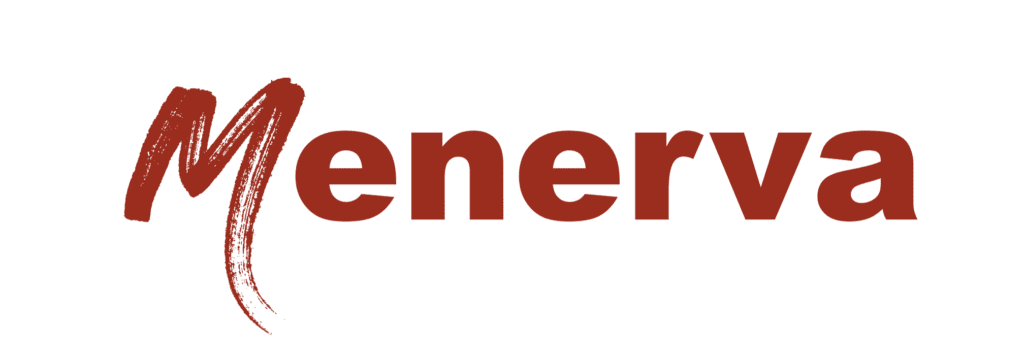When most people think about marketing, they separate public relations and search engine optimization into different buckets. PR is about media coverage and reputation. SEO is about rankings and keywords. However, PR and SEO work best when they work together.
Brands that understand this overlap are gaining more than visibility—they are building authority, trust, and long-term momentum. Combining PR and SEO is no longer optional in a digital environment shaped by content saturation, shrinking attention spans, and AI-driven discovery tools. It’s a strategic advantage.
Let’s explore how these two disciplines support each other—and how aligning them can fuel sustainable growth.
Why PR and SEO Belong Together
At their core, PR and SEO share the same ultimate goal: visibility. PR gets your brand in front of people through earned media, while SEO ensures your content shows up when they’re actively looking for solutions.
When your PR team earns a media mention in a respected outlet, it often includes a backlink—one of the most valuable SEO ranking signals. At the same time, when SEO drives people to your content, the credibility and storytelling (the domain of PR) determine whether visitors stick around, trust your brand, and take action.
Here’s the key: SEO without credibility falls flat. PR without search visibility fizzles out. Together, they’re a flywheel.
Online Authority: Where PR Directly Fuels SEO
Every time your PR team lands a story in an online publication, it may include a link back to your site. Those backlinks—especially from high-authority, well-established media—boost your domain authority, which can significantly improve your chances of ranking higher in search results.
Think of digital PR as a modern form of link building. Instead of sending cold emails to bloggers, you’re building long-term relationships with journalists and editors at publications your audience already trusts. That trust extends to search engines, which place greater weight on links from authoritative outlets.
An innovative, integrated PR and SEO strategy treats every media hit as a branding win and a powerful SEO asset.
Brand Awareness Improves Click-Through Rates
Let’s say your page ranks in the top three results for a valuable keyword. That’s great, but are people actually clicking?
This is where PR makes a measurable impact. When your brand appears in the press, on podcasts, in interviews, or quoted in articles, it builds recognition. Later, when someone sees your name again in search results, that familiarity gives you a competitive edge. It triggers trust.
And Google pays attention. Higher click-through rates (CTR) signal that your content is relevant and valuable. Even if you’re not in the #1 spot, a strong brand can help you win more clicks and rise in rankings over time.

PR Content Can Be Search-Optimized
Press releases, bylined articles, and media interviews aren’t just temporary announcements. They can be search-friendly assets with long-term value.
Take product launches, for example. Instead of a generic company-focused press release, consider optimizing the content with relevant keywords your audience is already searching for. Address their real questions. Speak their language.
This content becomes indexable and discoverable when published on your site or syndicated through high-authority platforms like Business Wire or PR Newswire. It works harder and lasts longer.
Keyword Research Can Strengthen PR Strategy
Just as PR supports SEO, SEO can supercharge your PR strategy.
Keyword data reveals what your audience actually cares about. If your SEO team sees rising searches for sustainability or AI in your industry, your PR team can pitch thought leadership stories that speak directly to those trends.
Even better? Editors and journalists often look for expert takes on the topics your audience is googling. By aligning PR narratives with high-interest keywords, you increase the odds of coverage and its impact.
When PR campaigns tap into real-time search intent, they don’t just land headlines. They build relevance.

Social Proof Supports SEO Conversion
SEO isn’t just about showing up in search results. It’s about convincing people to stick around and convert once they get there.
That’s where social proof comes in—a classic PR strength. Featuring logos from outlets that have covered your brand, highlighting testimonials, or embedding media coverage builds trust immediately. And trust reduces bounce rates, which is a positive signal to Google.
Consider the impact of a “Featured In” section with logos from Forbes, TechCrunch, or Fast Company. It’s not just a design element—it’s a conversion booster and subtle SEO enhancer.

Measuring PR and SEO Together
One of the most powerful benefits of integrating PR and SEO is measurement. Historically, PR has relied on softer metrics: impressions, sentiment, and share of voice. These are valuable, yes, but harder to tie directly to ROI.
When PR and SEO work together, you can track the impact more clearly. Use tools like Google Analytics, Search Console, and SEMrush to:
- Measure referral traffic from earned media links
- Track changes in branded search volume after major announcements
- Monitor how PR content contributes to your backlink profile
Suddenly, PR isn’t just a top-of-funnel awareness play—it’s a tangible contributor to your SEO success.
Best Practices to Align PR and SEO
Here’s how to break down silos and get both teams rowing in the same direction:
- Share keyword research. Help your PR team understand what your audience is searching for so they can pitch smarter stories.
- Make earning links intentional. Don’t settle for brand mentions—push for backlinks in earned media.
- Use consistent messaging. Align the language in PR placements with the content on your site.
- Track branded search. Watch how visibility efforts impact search behavior over time.
- Leverage earned media internally. Link to media hits from your blog or resource pages to extend their value.
- Optimize PR content. Use headers, metadata, and relevant keywords to make it search-friendly.
- Build with SEO in mind. Target publications that have both audience reach and strong domain authority.
Final Thought: Integration is the Advantage
PR and SEO aren’t separate tactics—they’re allies. The most effective brands blur the lines, building campaigns that earn credibility and visibility simultaneously.
When your brand is featured in respected media and those features link to keyword-optimized pages on your site, you’re creating a compounding effect. You’re boosting rankings, building trust, and setting the foundation for long-term growth.
In a digital world where attention is scarce and algorithms rule discovery, integration isn’t just smart. It’s essential.
Want to Align Your PR and SEO Strategy?
Let’s connect the dots between media, content, and organic growth. Contact Menerva Digital to start building a smarter, more unified strategy.





